Giving your bike a fresh coat of paint can be a rewarding project, whether you want to revive its appearance or customize it to reflect your personal style. However, understanding the costs involved in painting a bike is crucial for budgeting and making informed purchasing decisions.
So in this article, we’ll discuss the expenses associated with painting a bike and other important must-knows.
How Much Does It Cost to Paint a Bike?
When it comes to sprucing up your beloved bicycle, the costs can vary depending on the route you choose. Hiring a professional painter typically ranges from $200 to $500, with an additional fee of $100 to $200 for disassembling and removing the existing paint.
On the other hand, if you’re up for a DIY adventure, painting the bike yourself can be a more affordable option, ranging from $50 to $150. Remember, the choice is yours to make, whether it’s splurging on a professional touch or unleashing your inner artist to transform your two-wheeled companion.
What Factors Affects the Cost of Painting a Bike?
When it comes to giving your bike a fresh coat of paint, understanding the factors that influence the overall cost is essential.
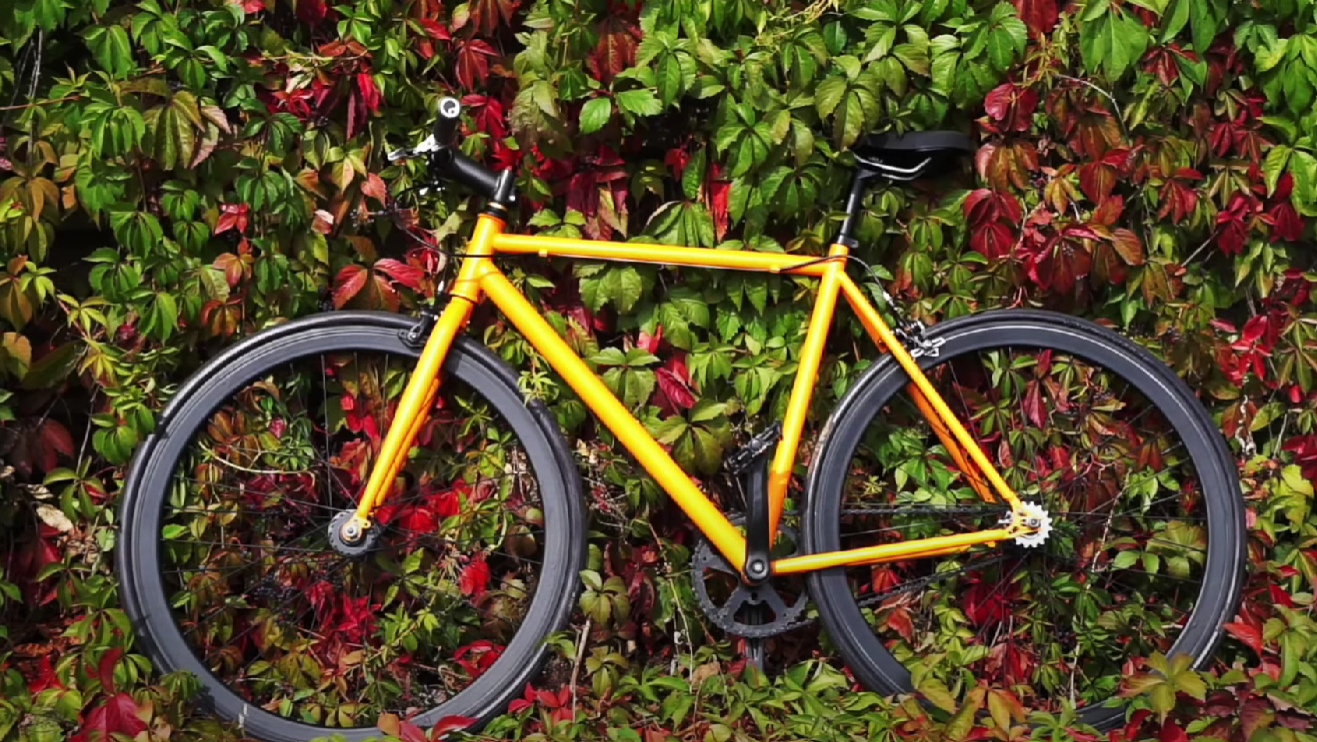
Several variables come into play, from the type of paint and materials used to the complexity of the design and the method of application. Below are the key factors that greatly affect the overall cost to paint a bike.
Type of Paint and Materials
The choice of paint and materials can significantly impact the cost of a bike paint job. High-quality automotive-grade paints tend to be more expensive but offer durability and a professional finish. Specialized bike paints designed for the unique needs of bicycles may also come at a premium.
Additional materials such as primers, clear coats, and specialty finishes like metallic or pearl paints can add to the overall cost.
Bike Disassembly and Surface Preparation
Before painting, the bike may need to be disassembled, which involves removing various components such as the handlebars, wheels, and chain. This process ensures that every part is adequately coated and prevents overspray.
Bike disassembly and reassembly can add extra charges to the overall cost, especially when performed by a professional. Additionally, proper surface preparation, including sanding and cleaning, is crucial to achieving a smooth and long-lasting finish, and it may require extra time and effort, affecting the cost.
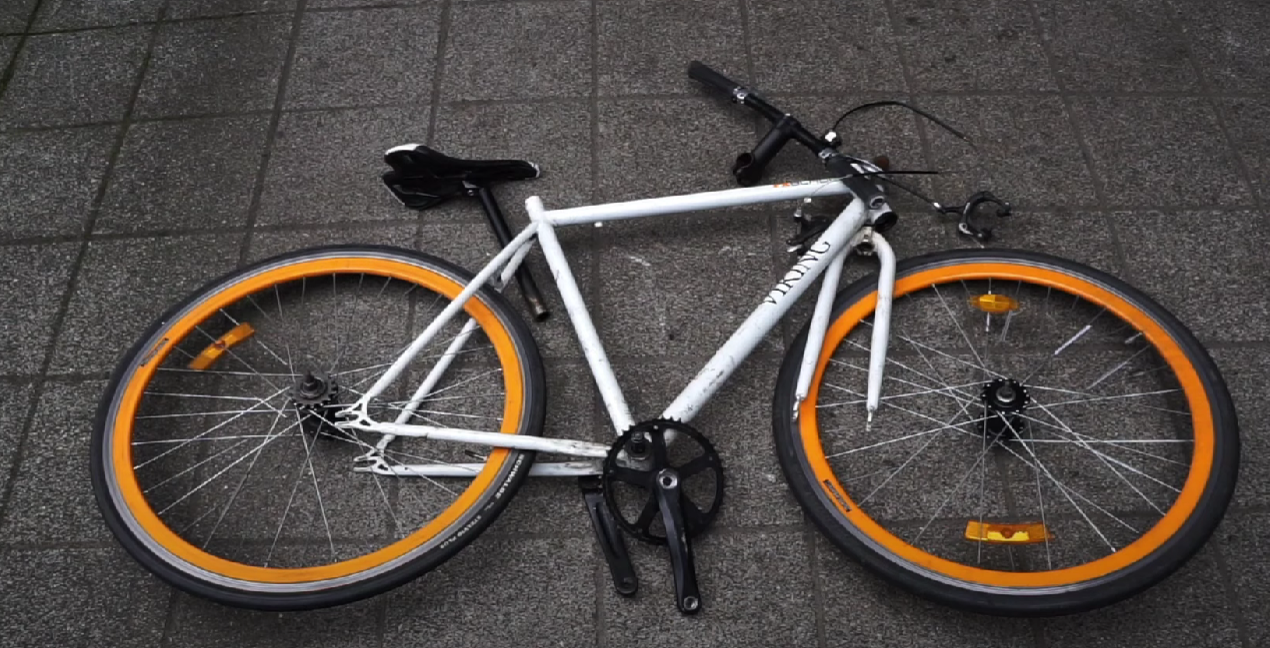
Design Complexity and Customization
The complexity of the design and customization requests can significantly impact the overall cost of bike painting. Simple, single-color paint jobs are generally more affordable compared to intricate designs, patterns, or custom graphics.
If you desire unique artwork or logos, hand-painted details, or specialized airbrushing techniques, the cost will likely increase due to the additional skill, time, and expertise required to achieve the desired outcome.
Method of Application
The method chosen for applying the paint can also affect the cost. DIY enthusiasts often opt for spray can paints, which are more affordable but may require multiple coats and careful technique to achieve satisfactory results.
Professional painters, on the other hand, may use advanced equipment like spray guns or powder coating, which provide more consistent and durable finishes but come at a higher price point.
Additional Services and Finishing Touches
Beyond the basic painting process, additional services and finishing touches can contribute to the overall cost. These may include clear coating for added protection, frame repairs or modifications, custom decals or stickers, or even frame alignment and tuning.
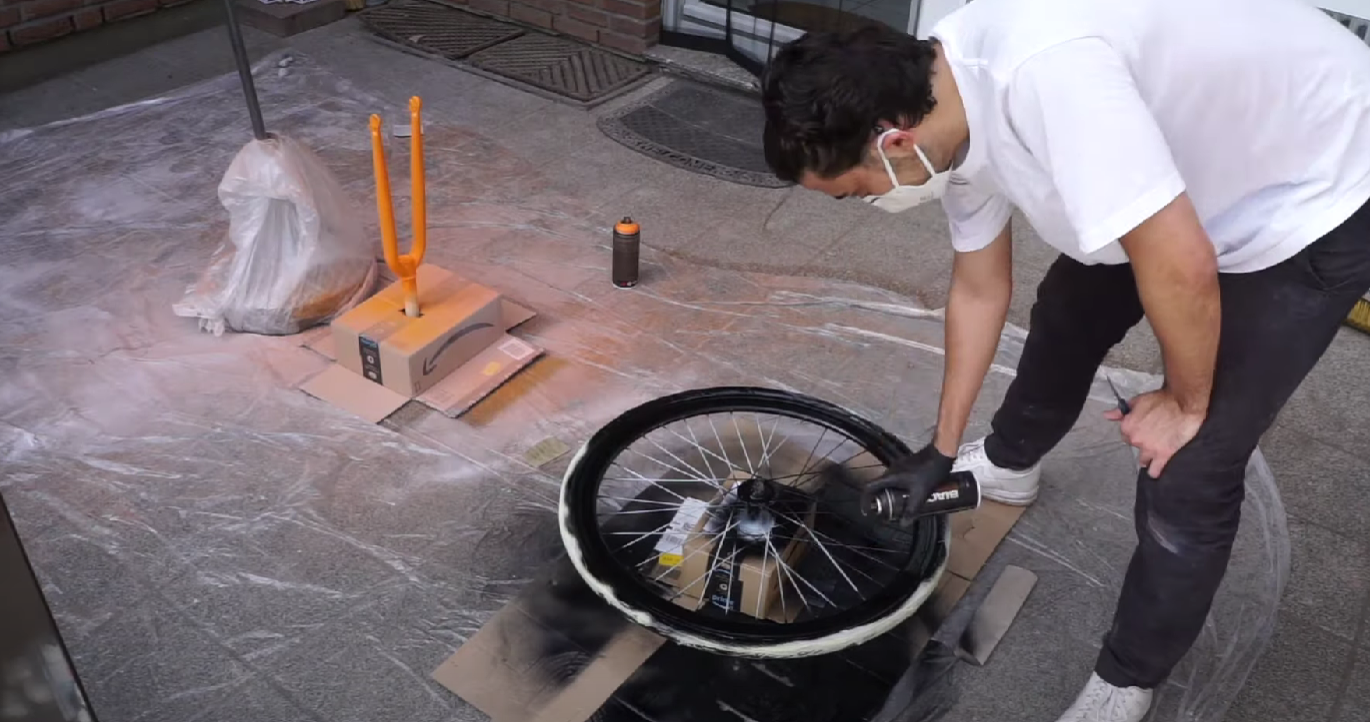
Each of these services involves extra time, labor, and expertise, which can lead to an increase in the overall cost.
How to Save Money in Painting a Bike?
Giving your bike a fresh coat of paint doesn’t have to break the bank. With some careful planning and a few cost-saving strategies, you can transform your bicycle’s appearance while keeping your wallet happy. Below are some effective ways to save money when painting a bike.
DIY Approach
One of the most significant ways to save money on bike painting is by adopting a do-it-yourself (DIY) approach. Instead of hiring a professional painter, consider taking on the project yourself. DIY painting kits and spray can paints are readily available and generally more affordable than professional services.
With some research, practice, and attention to detail, you can achieve satisfying results while keeping costs down.
Opt for Budget-Friendly Paint Options
Rather than investing in high-end, specialized bike paints, consider budget-friendly alternatives. Automotive-grade paints, available at local hardware or automotive stores, can provide satisfactory results at a fraction of the cost.
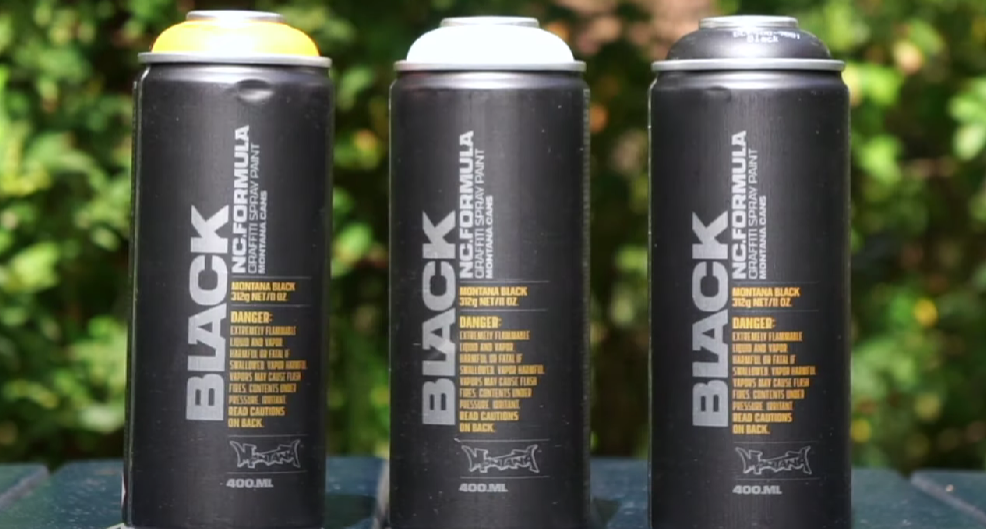
Look for paints with good adhesion and durability, suitable for metal surfaces. While these paints may not offer the same longevity as specialized bike paints, they can still provide a significant aesthetic upgrade.
Minimalistic Designs
Complex designs, intricate patterns, or custom graphics can quickly escalate the cost of a bike paint job. Opting for minimalistic designs or simple single-color paint schemes can help save money. Solid colors are easier to apply and require fewer materials and time.
If you crave some uniqueness, consider adding simple accents or decals, which can be cost-effective alternatives to elaborate designs.
Refurbish and Reuse Parts
Before considering a complete paint job, assess the condition of your bike’s components. If some parts are in good shape, you can save money by refurbishing and reusing them instead of replacing them altogether.
Clean, sand, and repaint any parts that may require a refresh, such as handlebars, stem, or crankset. This approach not only saves money but also preserves the original character of your bike.
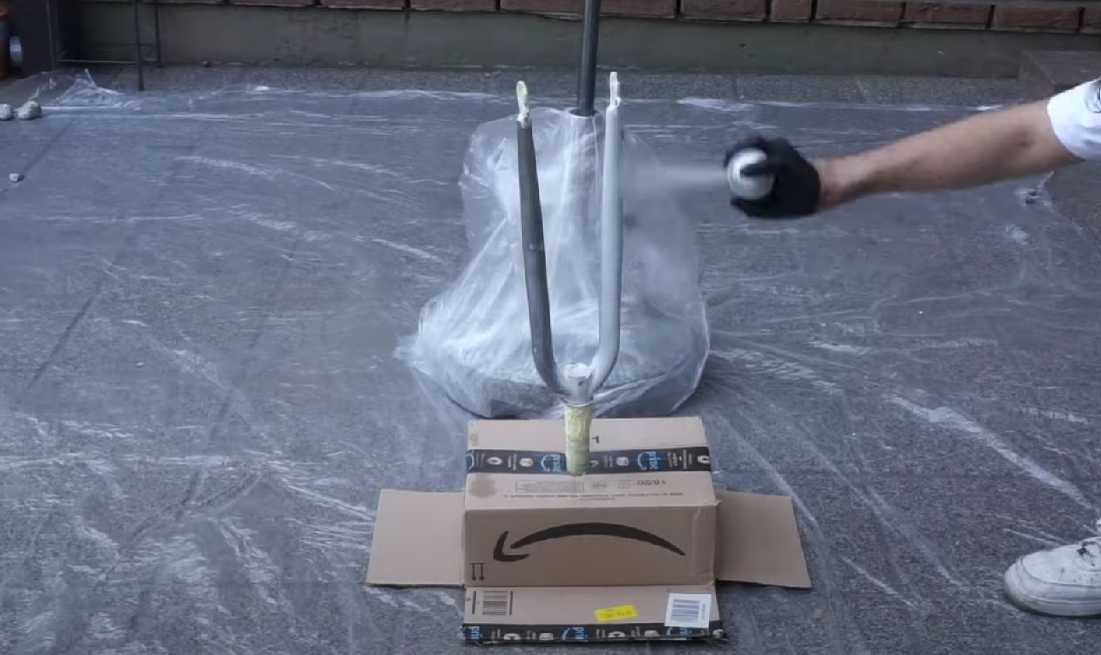
Efficient Paint Application
To avoid wastage and minimize costs, practice efficient paint application techniques. Ensure that you adequately prepare the surface by cleaning and sanding it before painting. Apply thin, even coats of paint, allowing each layer to dry properly.
This not only helps in achieving a smooth finish but also maximizes the coverage of paint, reducing the overall amount required.
Borrow or Share Equipment
If you don’t already own painting equipment, consider borrowing or sharing it with friends or fellow cycling enthusiasts. Spray guns, airbrushes, or other specialized tools can be expensive to purchase for a one-time project.
By sharing the equipment, you can split the cost or even borrow it at no expense, significantly reducing your overall investment [1].
Conclusion
When it comes to painting your bike, the cost can vary based on factors like professional services, DIY options, and customization.
From the affordable DIY approach to the higher-priced professional touch, the choice is yours. Regardless of your budget, a fresh coat of paint can give your bike a whole new look and make it stand out on the streets.

